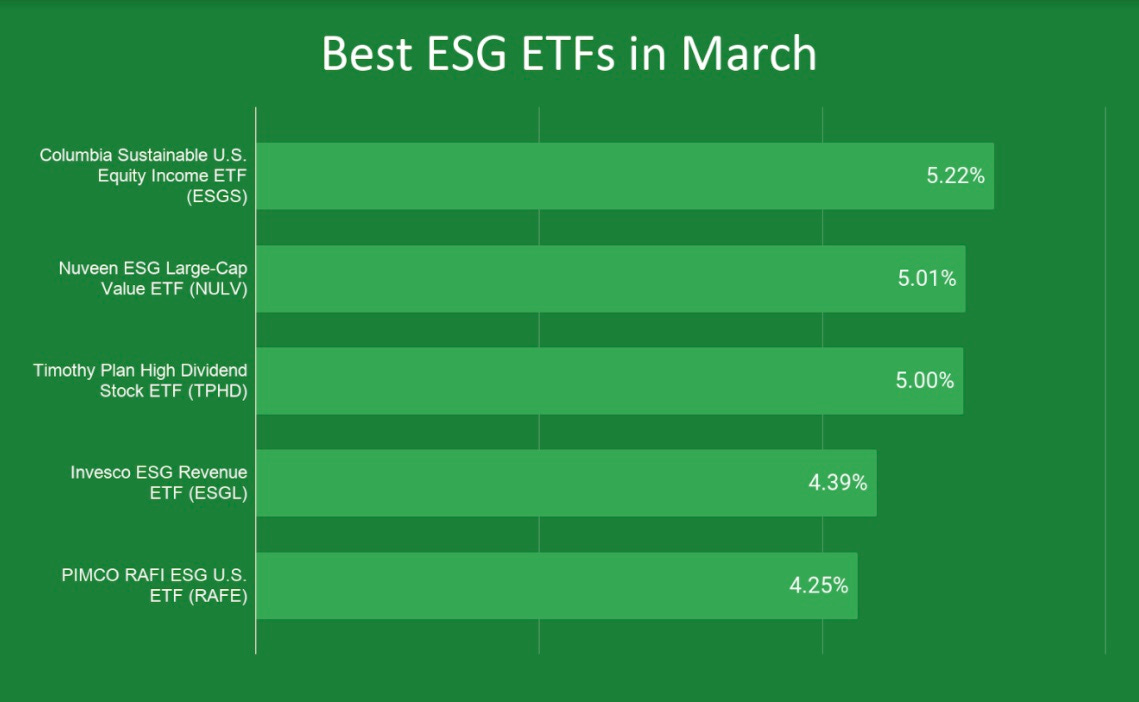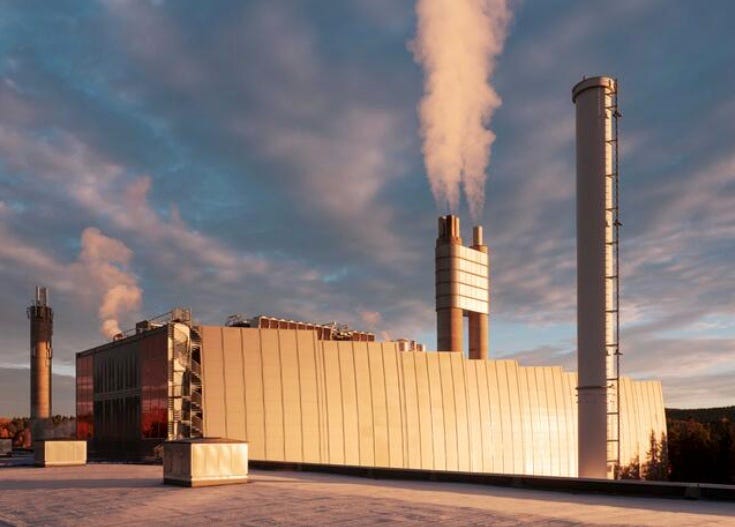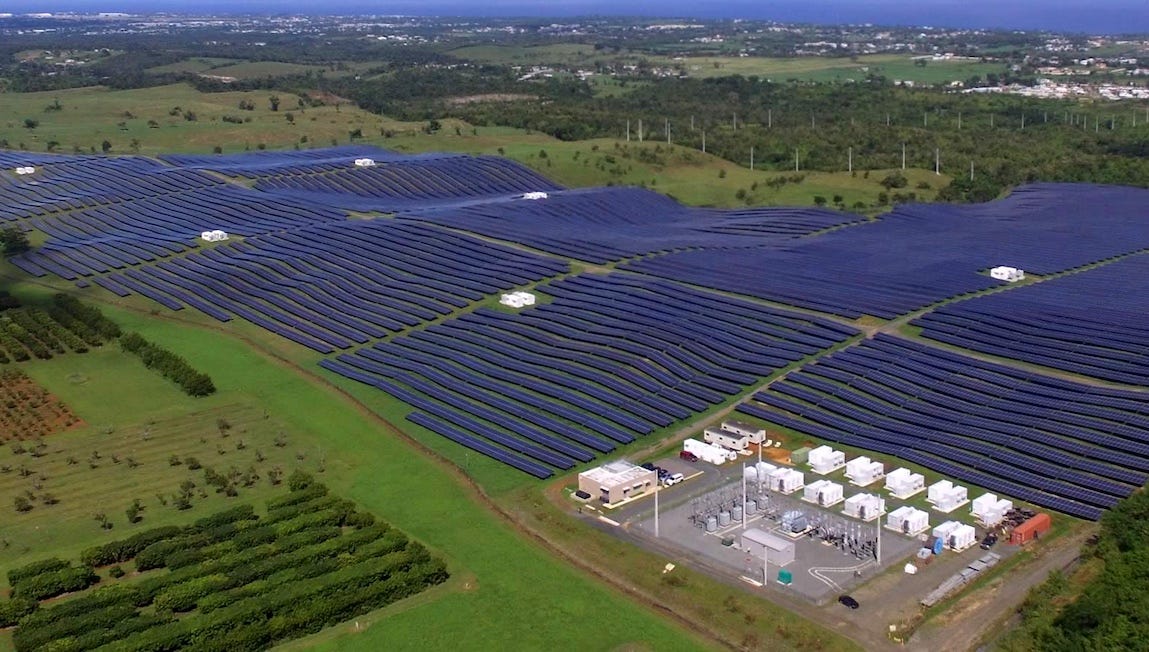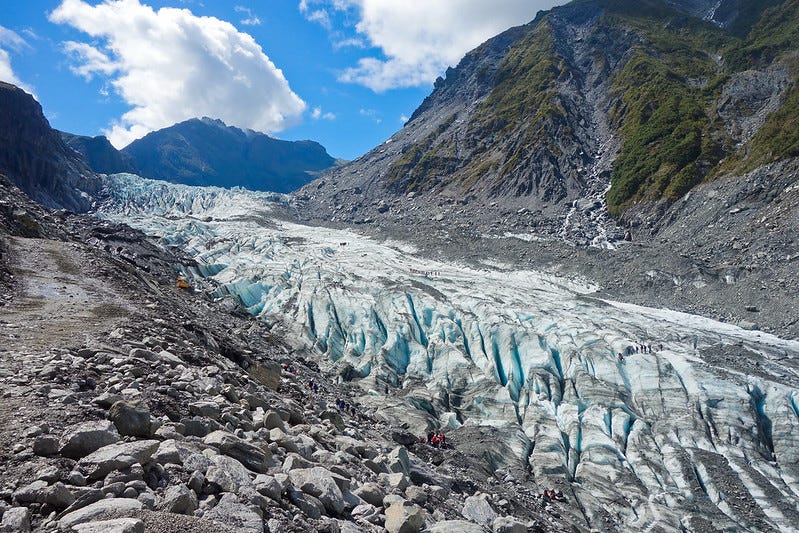The staggering cost of environmental crime, plus ESG funds bounce back in March
Also, the perils of renewable energy deals in Venezuela, and Puerto Rico's solar opportunity
ESG related stocks are outperforming the S&P 500 Index so far in March. Through Wednesday, the S&P 500 ESG Index was up 2.35% for the month, vs. a 1.78% gain in the S&P 500 index as a whole. Several ESG ETFs are outperforming both. Here’s a look at the top 5 performing ESG ETFs culled from Schwab data and CCI analysis.
While it’s easy to pin environmental damage on fossil fuel companies and government apathy, more often than not it’s simply criminal activity. Especially when it comes to illegal mining, logging, fishing, and wildlife poaching.
At a money laundering conference today in Ireland, held by AML Intelligence, a partner of Callaway Climate Insights, the world’s leading watchdog on channeling illicit funds said profits from environmental crimes top $260 billion a year.
“The numbers are truly astonishing,” said Dr. Marcus Pleyer, who heads the G7’s Financial Action Task Force, adding that the laundering of funds from environmental crimes are among the group’s top three priorities, along with technology and Covid-related crimes.
As nations tighten their environmental standards in response to global warming, the leakage from crime and money laundering has leaped to the forefront for authorities. At the same time, the arbitrage for criminals in moving funds and illicit goods around those standards becomes more profitable.
All roads climate and money laundering eventually lead back to the banks, which is why a rigorous accounting of bank lending against environmental, social and governance (ESG) metrics is not only needed, but way overdue.
More insights below. . . .
Don’t forget to contact me directly if you have suggestions or ideas at dcallaway@callawayclimateinsights.com.
EU notebook: In Norway, an incinerator’s expensive plan to bury carbon prompts question: Why burn at all?
. . . . A massive Oslo incinerator owned by Finland wants to raise €300 million ($354 million) to fund a project to bury carbon from burning thousands of tons of bio-waste. Some environmental leaders are instead asking “why burn in the first place?,” writes Vish Gain from Dublin. In a continent that has developed an advanced recycling effort, the idea of raising millions to offset burning seems an odd use of the funds. . . .
Perils of an entrepreneur in Venezuela's outlawed renewable energy sector
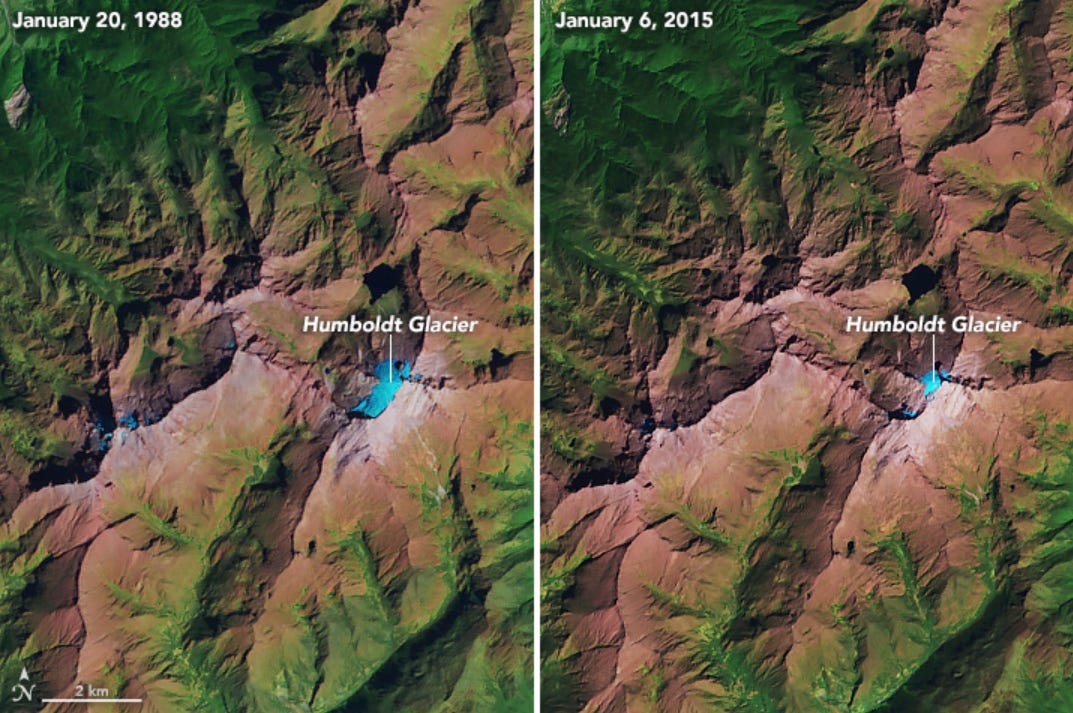
. . . . Of all the perils of doing business in crumbling Venezuela, none are worse for renewable energy entrepreneurs than the fact that the state prohibits private energy companies, writes Michael Molinski. Still, as the oil-rich country’s fossil fuel business collapses, and amid melting glaciers, some brave innovators are preparing for a return to government favor. . . .
Thursday’s insights: NATO going green? And methane in Permian Basin returns to pre-pandemic levels

. . . . War and military forces, with their explosions, occupying armies, patrolling navies, and air power, don’t often spring to mind as carbon-neutral candidates. But for the generals running the world’s military operations, climate change is as much a threat as it is to the rest of us. That’s why NATO Secretary General Jens Stoltenberg, a Norwegian and former U.N. climate envoy, is pushing for a plan to help make the world’s military carbon neutral by 2050. Once you take the obvious solution of ending war off the table, the prospects for getting agreement among competing militaries seem quite dark. But there are some things they can do, particularly if governments are ready to spend on weapon and transportation upgrades in the name of fighting global warming. Read more here. . . .
. . . . Natural gas flaring in West Texas has reached levels not seen since the pandemic started, and among Democrats in Washington, it’s all Trump’s fault. A plan to overturn some of the former president’s rules on flaring, which releases harmful methane into the atmosphere, is in the works, but like all things in Texas, the battle over the Permian Basin and who will foot the bill will be massive. Read more here. . . .
Data driven: Puerto Rico's solar opportunity
. . . . Puerto Rico stands just $9.6 billion in federal funds and 15 years away from generating 75% of its electricity from renewable sources, according to a new report from the Institute for Energy Economics and Financial Analysis (IEEFA), but only if the U.S. territory changes course starting now, writes George Baker from Boston. With current plans calling for the island territory to use hurricane recovery funding on fossil fuels, environmental leaders are pushing a solar plan instead. . . .
News briefs: Beer into biogas and tropical islands for Helsinki

Editor’s picks:
Islands and a giant water battery for Helsinki’s heating challenge
Heineken brewery in Manchester turning wasted beer into biogas
Brazilian port looks primed for quick tenure as hydrogen leader
Wind energy fighting for its life in Kansas state legislature
Latest findings: New research, studies and projects
‘Zealandia Switch’ — the missing link in understanding ice age climates
The origins of ice age climate changes may lie in the Southern Hemisphere, where interactions among the westerly wind system, the Southern Ocean and the tropical Pacific can trigger rapid, global changes in atmospheric temperature, according to an international research team led by the University of Maine. A report from the university published in Phys.org says “the mechanism, dubbed the Zealandia Switch, relates to the general position of the Southern Hemisphere westerly wind belt — the strongest wind system on Earth — and the continental platforms of the southwest Pacific Ocean, and their control on ocean currents.” Shifts in the latitude of the westerly winds affects the strength of the subtropical oceanic gyres and, in turn, influences the release of energy from the tropical ocean waters, the planet’s so-called “heat engine.”
More of the latest research:
Words to live by. . . .
“The ocean and the atmosphere are two titans of the Earth system. Carefully balanced and inextricably connected, the relationship between air and sea dictates weather and climate around the globe. Climate change is disrupting this delicate equilibrium.” — UN Secretary-General Antonio Guterres in a message for World Meteorological Day.


